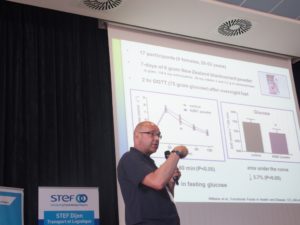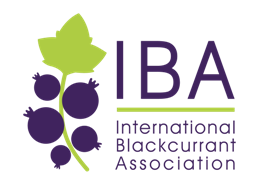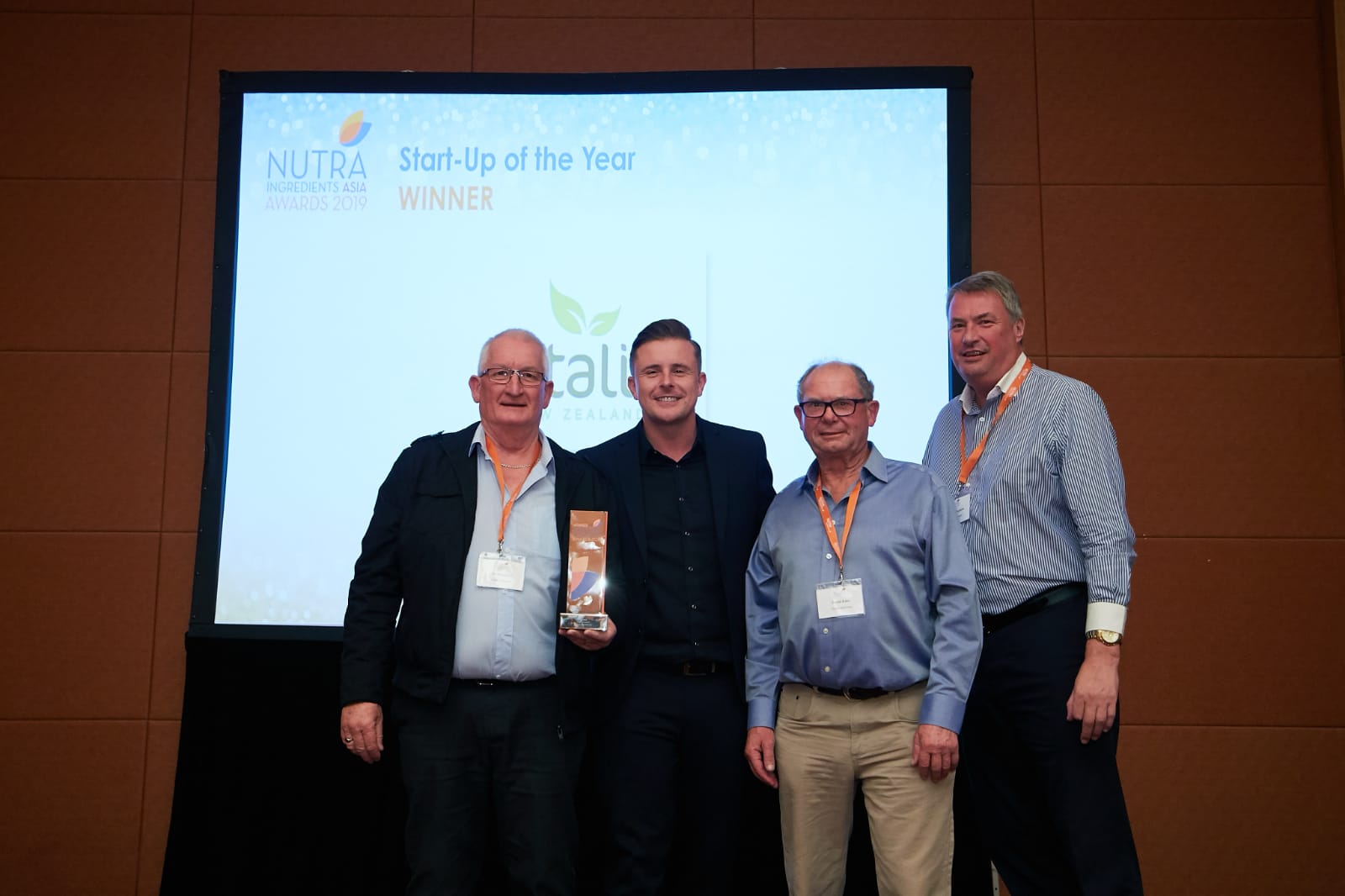Blackcurrants: More to offer than we think
For several years, the IBA has had pleasure in listening to the presentations of Mark Willems. In fact, his research at the University of Chichester (United Kingdom) has lead to astonishing findings on the antioxidant effects of blackcurrant. The ongoing research on the reduction of oxidative stress during exercise (and more) is captivating! Here is a bit of what he wants to share!

Mark Willems (University of Chichester)
Health benefits from antioxidant properties of the blackcurrant
When you hear or read that eating blackcurrant is good for you, they mean normally that it is good for your health. And yes, most of us can expect health benefits from blackcurrants (and other berries). Provided that we consume them as part of a balanced diet, of course. We think that it is the antioxidant properties of blackcurrant that are associated with the health benefits. And there is a role for the anthocyanins.
Anthocyanins – the center of attraction
The anthocyanins, but also the anthocyanin-derived substances that appear in the blood, change the function of cells in humans. This is how they give us the health benefits. However, what is less appreciated is that anthocyanin-rich blackcurrant can also provide changes in the function of cells that are beneficial when humans exercise.
Antioxidant properties and exercise
About 7 years ago, we began exercise physiology studies at the University of Chichester in the United Kingdom. Until 2013, only one study from Plant & Food Research in New Zealand, had examined effects of blackcurrant intake after exercise. And that was in 2009!
We in Chichester focused on effects during exercise. Research showed that the intake of blackcurrant in endurance trained athletes lowered the presence of lactate in the blood during exercise. Because lactate is the consequence of the breakdown of glycogen (basically a form of sugar). This led us to believe that we use more fat as an energy source during exercise. Indeed, this was shown in endurance trained and physically active men and women during 2 hours of cycling but also during 30 minutes of brisk walking.
We have also shown that blackcurrant can better exercise performance from high-intensity repeated sprints to cycling as fast as you can the distance of 16.1 km.
At this time, we are still not sure what is causing these effects by intake of blackcurrant and there may be a role for the antioxidant properties. So basically, anything that is the result of oxidative stress may benefit from the antioxidant properties, in effect working against the oxidative stress.
Positive effects while ageing
One of our recent studies showed that blackcurrant reduces the production of 2-nonenal. This is a so-called volatile organic compound emitted by the skin and produced by oxidative stress. What is even more important is that 2-nonenal is a compound that is causing the body odour in older people. There is also evidence now that blackcurrant can reduce blood pressure in older adults.
Globally, you can see that the research on blackcurrant has provided some remarkable findings with application for sport and exercise. But likely also for well-being. There is still so much to explore, and I expect that more scientists will take interest in examining the effects of blackcurrant in humans.
Blackcurrant has still more to offer than we think.
Professor Mark Willems
University of Chichester, United Kingdom
For more information on the health benefits of blackcurrants see our section dedicated on Blackcurrant – the stress hero







